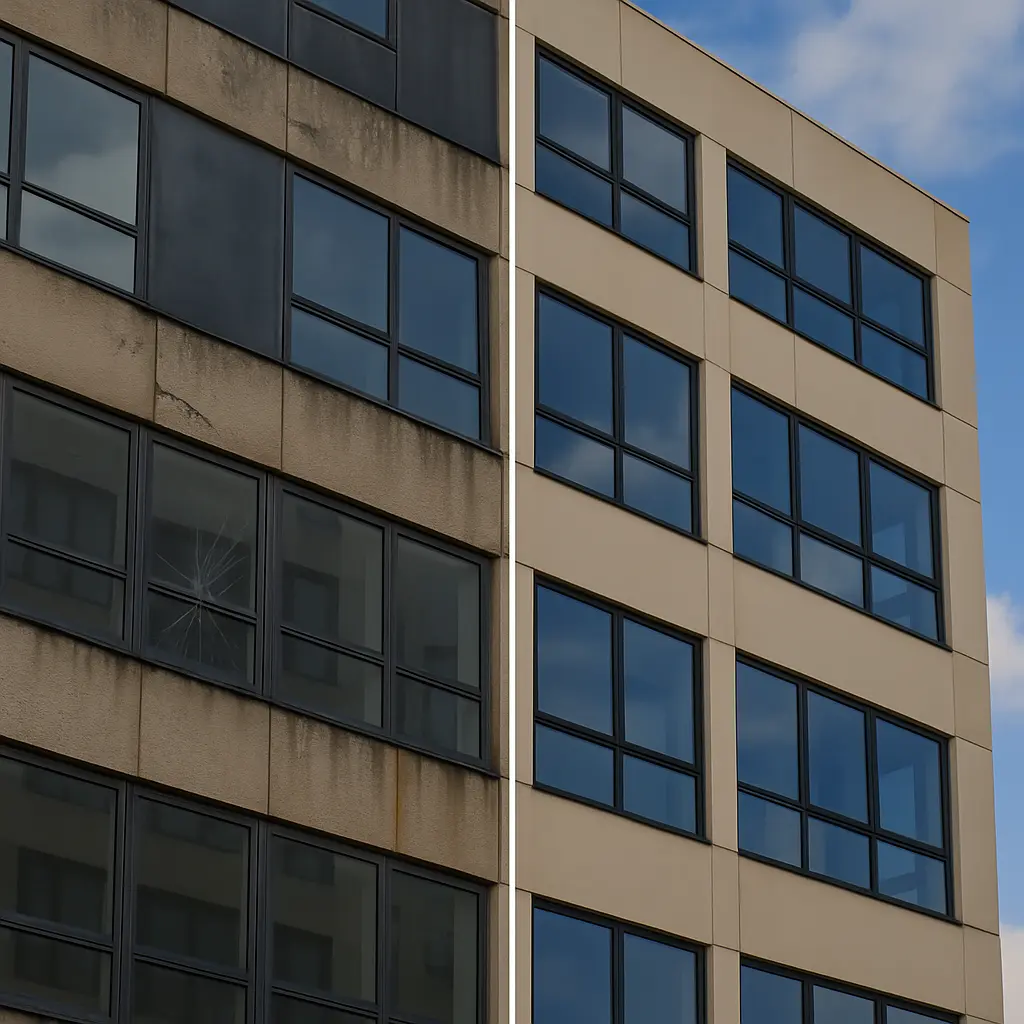The Hidden Costs of Deferred Maintenance in Commercial Properties
Why delaying maintenance costs more than you think.
In commercial property, budgets are often stretched and competing priorities are constant. It's easy to push back non urgent maintenance tasks, especially when everything seems to be running fine. However, deferred maintenance is one of the most expensive decisions a property owner or manager can make.
It doesn't just increase operational risk, it impacts asset value, tenant satisfaction, and long term profitability.
What Is Deferred Maintenance?
Deferred maintenance refers to the postponement of repairs or upgrades due to budget constraints, resource limitations, or perceived urgency. These might include minor leaks, HVAC servicing, electrical checks, or cosmetic wear and tear. On the surface, they seem manageable but beneath, problems begin to compound.
1. Escalating Repair Costs
A small plumbing issue left unresolved might become a major water leak. Ignored HVAC servicing can lead to system failure in peak summer. Replacing an entire system or remediating structural damage is significantly more costly than addressing early signs of wear.
Industry Insight: according to Facilities Management Advisor, unplanned (reactive) maintenance; including emergency repairs, overtime labor, rush parts, and major replacements, can amount to nearly 4× the cost of preventive maintenance.
2. Higher Risk of Asset Failure
Deferred maintenance increases the likelihood of equipment failure, system downtime, and compliance breaches. In high traffic commercial environments, this can translate into business disruption, insurance claims, or even regulatory penalties.
Example: an elevator service delay might result in mechanical failure, leading to days of outage, high contractor fees, and tenant dissatisfaction, all avoidable with regular servicing.
3. Reduced Asset Value
Investors and asset managers rely on lifecycle planning and condition assessments. A poorly maintained building commands less value and is often flagged during due diligence. Over time, the cost of catching up on neglected works reduces ROI.
4. Tenant Retention and Reputation Risks
Inconsistent climate control, visible wear and tear, or recurring reactive works erode tenant trust. A well maintained building is not just about aesthetics, it communicates professionalism, safety, and value.
Stat to Know: Buildings with consistent maintenance programs report up to 30% higher tenant satisfaction, according to FM industry surveys.
5. Missed Energy Efficiency Gains
Outdated or neglected equipment often consumes more power. Regular maintenance ensures optimal performance, identifies upgrade opportunities, and aligns with ESG commitments, a growing expectation from both tenants and stakeholders.
How Allworks Helps You Get Ahead
At Allworks Property Services, we help property managers and owners avoid the cost trap of reactive maintenance. Our proactive, scheduled programs are built around:
- Lifecycle planning that aligns with your budget
- Risk assessments to prioritise high impact areas
- Integrated delivery across all trades and disciplines
- Compliance reporting to meet legal obligations
- Transparent scheduling that keeps disruptions minimal
We provide a single point of accountability, so your property never falls behind.
The Bottom Line
Deferred maintenance isn’t just a line item pushed to next quarter, it’s a risk multiplier. In today’s market, where compliance, ESG, and tenant expectations are rising, maintaining your property isn’t optional. It’s strategic.
Need help assessing your asset’s maintenance risk?
Let's Talk our team can conduct a free maintenance health check and help you get back on track.

.png)